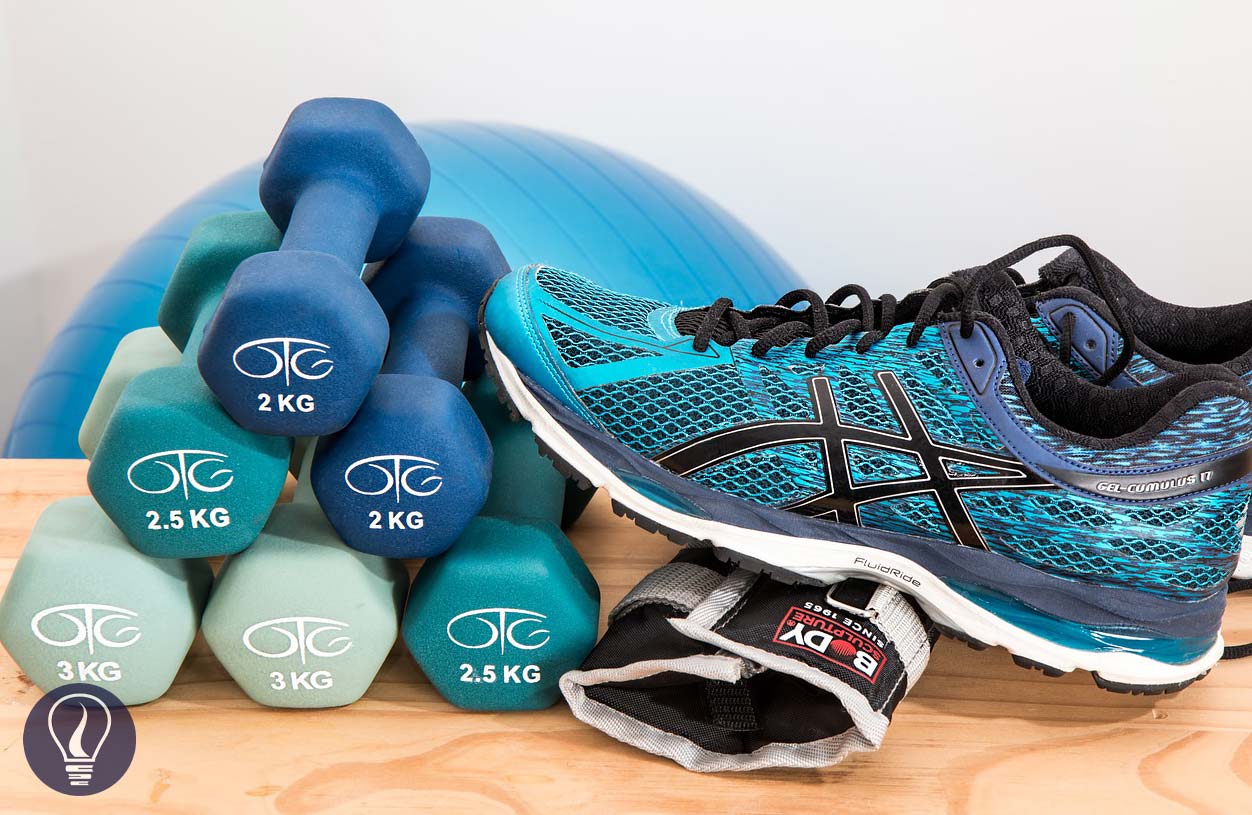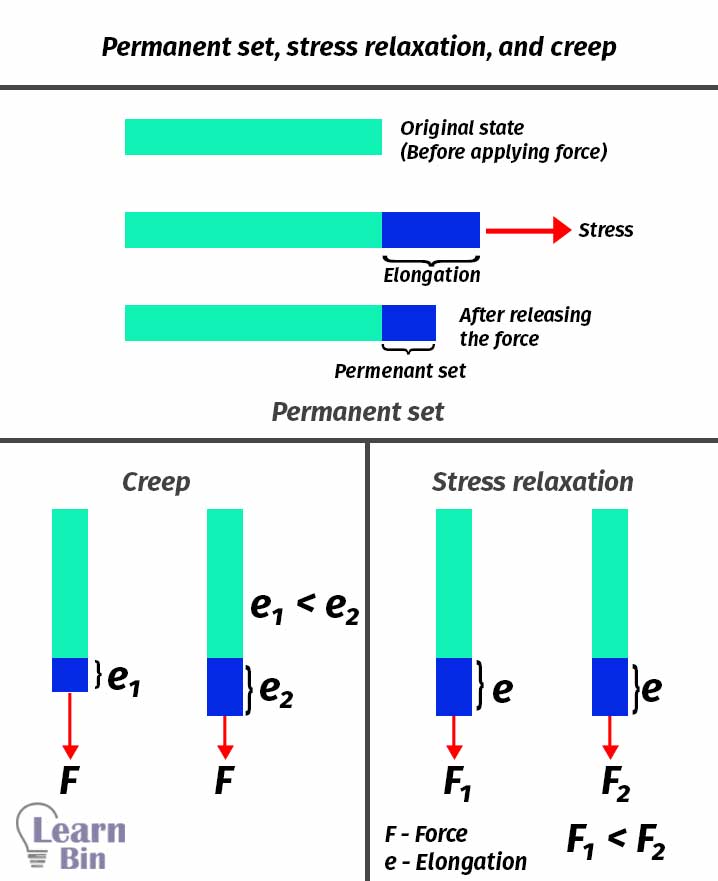More results...


Elastomers are polymers with both viscous and elastic properties (viscoelastic properties). When stress is applied to them, they will deform along with the force, and when force is removed they will become the original state. (Elastic recovery after deformation). They have more elastic properties than viscous properties. Due to the viscous components, heat is generated when elastic recovery happened.
Elastomers get high thermal expansion than steel. Except for perfluoro linear thermal expansion coefficient of elastomeric material is 5 to 20 times that compared with steel.
A particular polymer has a certain hardness value. Hardness can be increased by adding fillers. The most common hardness range for elastomers is 50-70 IRHD (International Rubber Hardness Degrees)
Tensile strength is the maximum stress that a material can bear without fracture. Natural rubber shows excellent tensile properties due to its strain-induced crystallization. The tensile strength of natural rubber after vulcanization is about 19.69 MPa. The tensile strength range for elastomers is 7 – 15 MPa. It is excellent when the values are over 15 MPa.
The force (N) requires to tear the sample divided by the thickness (m) of the sample is defined as the value of tear strength. Elastomeric materials show good tear strength. Commercially accepted values for elastomers are in the range of 50000-100000 N/m. Elastomers with tear strength values above 100000 N/m are excellent. Natural rubber can be considered one of the best elastomers with high tear strength.
When an elastomeric material is stressed beyond its elastic limit, the extra extension will remain after the elastic recovery. This residual extension is called a permanent set. A permanent set is an indicator of the viscous components in elastomers. The stress can be either compression or tension. According to the tension type, the permanent set can be either compression or tension.

Time dependence stress and deformation are described by stress relaxation and creep. When conducting stress relaxation, the change of stress is monitored under constant strain. During the creep test, the time-dependent change of strain is monitored under constant stress. With the increase of viscous components, the creep is increased and the stress relaxation is increased with the increase of elastic components.
Abrasion resistance is the durability of materials under wearing conditions such as rubbing, or scraping.
Most of the general-purpose elastomers such as natural rubber and some of the synthetic elastomers such as SBR, IR, BR, EPDM, IIR, and MQ show very low amounts of electrical conductivity. Therefore they are suitable as electrically insulating materials. However, some other types, like neoprene rubber and NBR, contain electrically polarizable groups or dipoles. So, they are less suitable as electrical insulators.
Some fluids can cause big volume changes in rubbers which derive from the infiltration of the fluid into the macromolecules (swell) or from the dissolving of rubber ingredients in the fluid (shrinkage). Ozone and weathering resistance. A deformed rubber with strained parts undergoes degradation outdoors because the double bonds of macromolecules are attacked by oxygen, ozone, or electromagnetic radiation.
Elastomers are viscoelastic materials. That means elastomers have viscous components as well as elastic components. due to the elastic components, part of the deformation is recovered after the stress is removed and part of the deformation is permanent due to the viscous components. Dynamic properties of elastomers depend on factors like,
